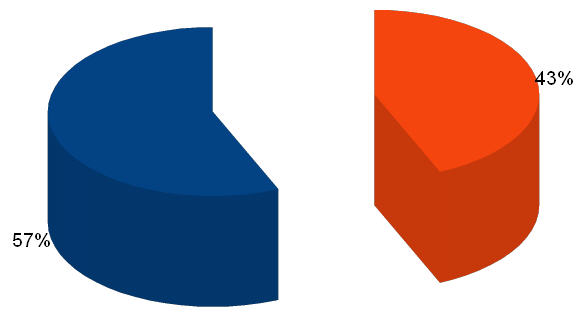Pay and other inequalities between men and women remain a hot news topic. And for curious business reporters, great resources exist for ongoing story ideas on everything from lack of women in leadership positions at Fortune 500 companies, the stubborn gender gap in traditional banking services, and pay disparity between men and women. This blog outlines some of the core places I go to for news hooks and leads on these important ongoing topics.
Catalyst
The 50-year-old New York based nonprofit group Catalyst tracks women’s rights and progress across the globe. It has produced reports on topics such as the dearth of women in leadership roles at large corporations and recommendations that governments secure more women on boards. Often Catalyst reports, like this one stating Fortune 500 companies with more women in leadership have stronger financial performance, buck conventional wisdom. Catalyst’s Twitter feed highlights ongoing but largely underreported issues such as the struggles for women of color in IT.
UN Women
UN Women, a two-year-old spinoff of the United Nations, provides excellent coverage for business reporters on ongoing issues facing women and children, including sexual violence, women in agriculture and how women are fareing economically and emotionally one year after the Nepal earthquake. Business reporters might reach out to featured directors and subjects for a one-on-one interview and ask business-focused questions, like what role big business could play in achieving the sustainable development goals for women.
UN FAO
The UN Food and Agricultural Organization is equally helpful for gender-focused business stories. For instance, a recently developed legal assessment tool helps others learn about the gender inequalities embedded in land rights. The organization sometimes generates story ideas you can localize, like this one on rural women in Lebanon finding a lucrative profession through dairy processing.
New studies
A reasonable number of other organizations crank out ongoing studies on business issues and their impact on women. For instance, research group Glass Door recently released this helpful and intriguing study on pay inequity among men and women. Shambaugh works as a consultant group training corporations in how to integrate more women into leadership but also provides excellent blogs and insight into industry trends impacting women in business. This blog on Monster.com cites a study by industry group Payscale, which highlights five industries in which women earn the same or more than men.
Other media reports
To write on the business angles of gender inequality, you’ll also need to consult other media coverage on the topic. Consider programming Google News alerts on your subject matter (using gender and equality as your keywords) to receive daily or weekly news alerts. Read the current coverage and look for ways you can localize or expand on topics in the news. For instance, this intriguing feature in the Economist looked at the shocking lack of women working in the economics field and the impact that lack of women in economics has on the broader economy. The data offers reporters excellent opportunities to compare the numbers to universities and financial institutions within their own regions and to seek professors who can comment on the news.
Don’t overlook publications from business schools either. The Harvard Business Review provides ongoing coverage and updates on women and leadership, specifically on the dearth of women in executive roles at Fortune 500 companies. HBR also frequently hosts guest contributors, frequently graduates from the Harvard Business School, who now work to improve the ratios of women in business. This business feature I wrote for the Guardian Sustainable Business came from reading an HBR post by Avivah Wittenberg-Cox, CEO of 20-First, a London-based consulting firm. Their gender scorecard study found men hold 83 percent of the executive committee positions within top American companies, leaving 11 percent of women in staff roles and 6 percent in line roles. I used the numbers to write more deeply on the broader problems behind the numbers.










